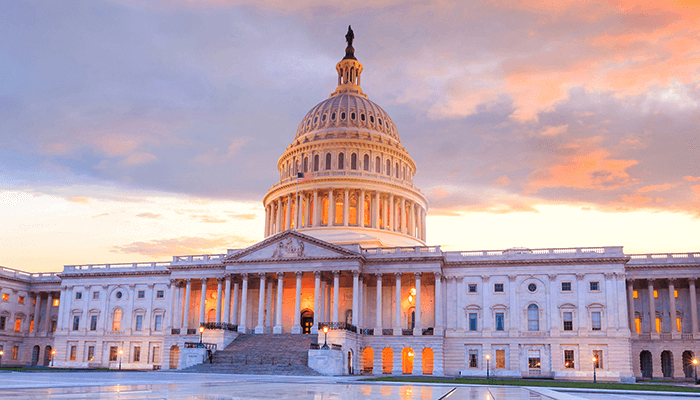Happy Fiscal New Year! 15 Numbers from FY 2015
Today marks the end of Fiscal Year 2015. As we look forward to the important work lawmakers face this coming year, let us also take a brief look back at the happenings over the past fiscal year. Since one number cannot sufficiently describe FY 2015, we picked our 15 favorites:
- $13,142,733,278,888: Debt held by the public. Debt held by the public rose from $12.8 trillion at the beginning of the fiscal year to more than $13.1 trillion as we approach the new fiscal year.
- 70%: How much the deficit has shrunk since 2009. After recording a deficit in FY 2009 of $1.4 trillion, the Congressional Budget Office’s (CBO) latest projection for FY 2015 shows a deficit of $426 billion, 70 percent less than the 2009 deficit.
- 778%: How much the deficit grew between 2007 and 2009. The 70 percent drop in the deficit since 2009 followed a period when the deficit increased by nearly 800 percent, rising from $161 billion in 2007 to $1.4 trillion in 2009.
- 74% of GDP: Debt as a share of the economy today. Largely because of the Great Recession and policymakers’ responses, debt surged in recent years well above its historical average to 74 percent of GDP in 2015. This marks the highest total since World War II.
- 38% of GDP: The average debt as a share of the economy over the past 50 years. Since 1965, debt has averaged 38 percent of GDP.
- $5 trillion: Ten-year deficit reduction needed to get debt back to historical average by 2040. Based on a reasonable path of deficit reduction, it would take $5 trillion over the next ten years to get debt back to its historical average by 2040.
- $1.9 trillion: Deficit reduction needed to reduce debt to 70 percent of GDP in a decade. CBO projects that debt will reach nearly 77 percent of GDP in 2025. This means that it would take $1.9 trillion of savings over the next ten years to hold debt to 70 percent in that year.
- $500 billion: Amount the “permanent doc fix” added to the debt over 20 years. Yes, for the policy that generated so much cheering about how “fiscally responsible” and bipartisan it was, that is quite the price tag.
- $275 billion: Total amount lawmakers added to 10-year deficits in FY 2015. In addition to the $140 billion permanent doc fix, lawmakers added $40 billion to deficits from tax extenders, $30 billion through gimmicks in the CROmnibus legislation, and $65 billion from other pieces of legislation and interest costs.
- 199: Number of days since we hit the debt limit. The debt limit, which was last suspended in February 2014, was re-instated on March 15 of this year, but the Treasury Department has used “extraordinary measures” to avoid hitting the limit for the last 200 days.
- $137 billion: Cost of repealing the Affordable Care Act, with dynamic scoring. In June, CBO issued its first comprehensive score of repealing the Affordable Care Act since 2012, finding a ten-year cost of $137 billion, or $353 billion if macroeconomic effects of repeal are excluded.
- 13: Number of days tax extenders legislation was actually in effect. The package of “tax extenders” that expired at the end of December 2013 was extended through calendar year 2014 – but only on December 19, 2014, leaving the law’s provisions to expire less than two weeks after they were enacted.
- 6: Number of FY 2016 appropriations bills passed by the House. The House was only able to pass 6 of the 12 FY 2016 appropriations bills before the fiscal year started. Still, that compares favorably to the zero passed by the Senate.
- 1: Number of years until Social Security Disability Insurance (SSDI) goes insolvent. Although there has been plenty of discussion about SSDI lately, there has been no major action from policymakers, meaning that the trust fund is still set to become insolvent during FY 2017.
- 337: Number of CRFB blogs. During FY 2015, CRFB wrote 337 blogs, covering legislative developments, new budget projections, changing economic circumstances, new policies, the early-going of the 2016 Presidential campaign, and more.
See the full document below or download it here.


